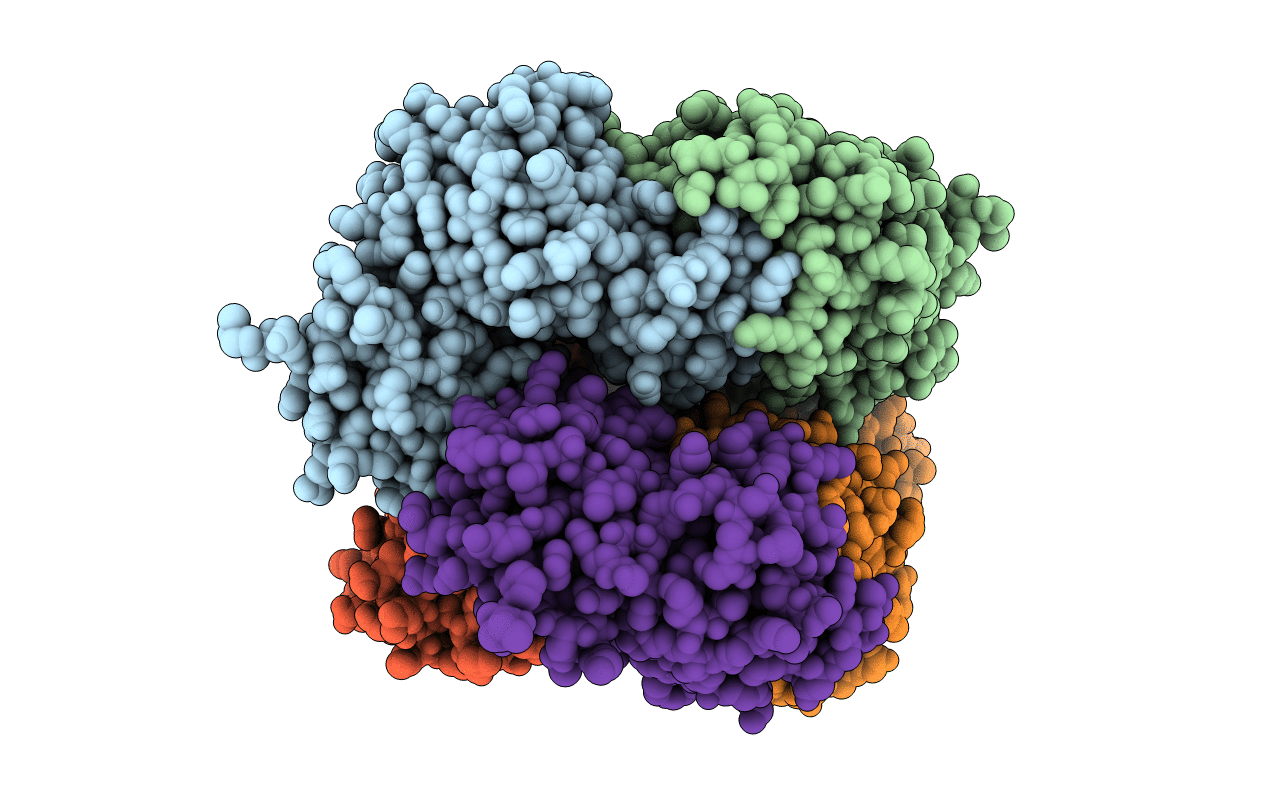
Deposition Date
2007-11-20
Release Date
2008-06-24
Last Version Date
2024-02-21
Entry Detail
PDB ID:
3BF3
Keywords:
Title:
Type III pantothenate kinase from Thermotoga maritima complexed with product phosphopantothenate
Biological Source:
Source Organism:
Thermotoga maritima (Taxon ID: )
Host Organism:
Method Details:
Experimental Method:
Resolution:
1.63 Å
R-Value Free:
0.22
R-Value Work:
0.18
R-Value Observed:
0.18
Space Group:
P 1 21 1


